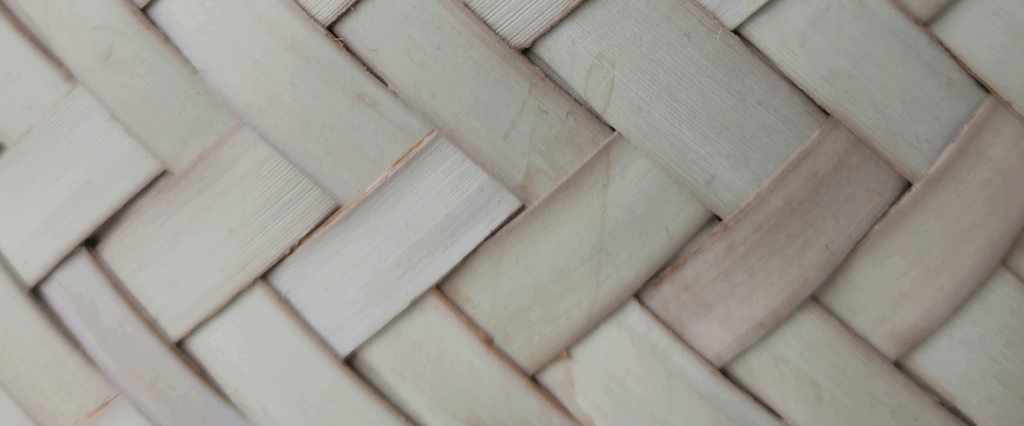On September 7, 2022, Apple launched the iPhone 14 series (iPhone 14, iPhone 14 Plus, iPhone 14 Pro, and iPhone 14 Pro Max). Like every year, iPhone has some “industry first” features and some “first-in-an- iPhone” features that we are excited to explore in our teardown analysis.
Some key differences between the iPhone 14 Pro and the iPhone 13 Pro:
- Absence of the SIM card tray: All iPhone models in the United States no longer have a SIM tray and rely on the eSIM for cellular connectivity.
- Larger camera lens: The camera lens on the rear side of iPhone 14 Pro is larger than iPhone 13 Pro to account for camera improvements.
- Emergence of the “Dynamic Island:” The iPhone 14 notch – which houses the speaker and front-facing camera – is shaped like a pill, separated from the top edge of the display and will expand to notify the user of alerts and background activities.
- New emergency features: Crash Detection and Emergency SOS via satellite aid in scenarios where the user is unconscious. It’s implemented by iPhone 14’s HDR gyroscope, dual core accelerometer, barometer, and microphone (to recognize loud noises). Emergency SOS via satellite enables access to emergency services when there is no cellular or Wi-Fi connection. Phone users are presented with questions to assess the situation and transferred to an Apple specialist, who can seek emergency assistance on the user’s behalf.

Figure 1: iPhone 14 Pro unboxed

Figure 2: iPhone 14 Pro – top and bottom view

Figure 3: iPhone 14 Pro – side views
Teardown
The iPhone 14 may be the most repairable phone in iPhone history (despite using a number of screws of different sizes)
Like every iPhone (since iPhone 5) the teardown of the iPhone 14 Pro is initiated by removing the display screen. However, the implementation of iPhone 14 is slightly different, making this the easiest teardown among all the previous iPhone versions!
The adhesive underneath iPhone 14 Pro’s screen was softened upon heating, separating the screen from rest of the body and using a slack to reveal the internal components such as logic boards and battery. It also includes several thermal pads for better thermal management. The teardown of iPhone 14 Pro also reveals many more connectors on the printed circuit boards (PCBs).

Figure 4: Removal of the screen of the iPhone 14 Pro

Figure 5: Removal of stacked logic boards, battery, and other components of the iPhone 14 Pro
Apple A16 Bionic- 40% faster than the competition?
The iPhone 14 Pro & iPhone 14 Pro Max are powered by Apple’s A16 Bionic chip that features an Apple-designed 64-bit six-core CPU implementing ARMv9 with two high performance cores called Everest and four energy-efficient cores called Sawtooth. Apple claims the A16 Bionic processor is 40% faster than the competitors’. Here’s why:
- Consists of 16 billion transistors as opposed to 15 billion transistors in A15 Bionic processor and 11.8 billion transistors in A14 Bionic processor.
- Performs 17 trillion operations per second, faster than A15’s 15.8 trillion operations per second (+ 7.5%).
- Includes a new image signal processor (ISP) with improved computational photography capabilities.
- Enables the 1Hz refresh rate of the always-on display feature and dynamically changes the refresh rate between 1Hz to 120Hz. Furthermore, Apple introduced a new Photonic Engine that improves low-light photography.
- Consists of an Apple designed five-core GPU, which claims to be coupled with 50% more bandwidth on comparison with the A15’s GPU.
- Features a package-on-package (PoP) structure that comprises of the application processor IC package and a 6GB RAM package for the iPhone 14 Pro and iPhone 14 Pro Max models.
- Manufactured by TSMC and the first chip built on the state-of-the-art 4nm process.

Figure 6: A16 bionic chip
Cameras: Most powerful pro camera system ever?
Like the iPhone 13 Pro series, both the iPhone 14 Pro and iPhone 14 Pro Max, feature identical camera setups with a triple back camera arrangement along with a LiDAR sensor. Apple contends that the iPhone 14 Pro’s camera system is the most powerful ever.
The iPhone 14 Pro back camera module includes main, ultra-wide, and telephoto cameras and, for the first-time, features action-mode. The main camera and the telephoto camera of the iPhone 14 Pro feature second generation Sensor-shift Optical Image Stabilization (OIS). OIS applies stabilization to the image sensor rather than the heavier lens to precisely control motion in X and Y direction while maintaining sharpness and canceling both low and high frequency disturbances like hand movements or car vibrations. The action mode enables the video to adjust to shakes, motions, and vibrations when the video is being captured mid-action.
The front camera setup of iPhone 14 Pro includes a 12-megapixel camera. The infrared camera, flood illuminator and the dot projector, also known as the TrueDepth Camera System, work together to enable Face ID on the iPhone and occupies less space of the display area. The selfie camera supports Smart HDR 4, Deep Fusion, Night Mode, and night mode Portrait shots with a f/1.9 aperture.
Unlike the iPhone 13 pro–which had the proximity sensor and the Ambient Light Sensor (ALS) as a part of the notch–Apple placed them underneath the display for the first time in the iPhone 14 Pro series.

Figure 7: Camera setup – Rear

Figure 8: Camera setup – Front
LiDAR system
The iPhone 14 Pro also features a LiDAR sensor similar to the one featured in the iPhone 13 Pro series that enhances AR experiences and improves camera performances drastically by enhancing low-light focus, up to six times faster. The new Adaptive True Tone Flash includes an array of nine LEDs that change pattern and intensity based on the chosen focal length.

Figure 9: LiDAR camera module
RF system
Apple improved their 5G technology in the new iPhone by providing support for even more 5G bands (sub-6 GHz, FR1) compared to any other smartphone (see Table 1), amounting to a total of 25 5G NR bands in iPhone 14 Pro. The supported frequency bands will change based on the user’s geography (see supported frequencies by region on the Apple website1). Same as last year, the U.S. models provide support for the super-fast 5G mmWave (5G NR, FR2), which provides a higher bandwidth and much higher download/upload speeds. The iPhone 14 series support mmWave frequencies i.e., n258 (26 GHz), n260 (39 GHz), and n261 (28 GHz). The iPhone can dynamically switch between the Radio Access Technologies (RAT) based on the user requirements and RAT available.

Table 1: Comparison of 5G bands supported by flagship phones

Figure 10

Figure 11

Figure 12
MagSafe
The new iPhone 14 lineup features MagSafe charging that Apple first introduced with the iPhone 12. MagSafe charging uses magnets for easier Qi-charging by snapping on to the back of iPhones with the capability. The magnetic ring embedded under the wireless charging coil along with a vertical strip of magnet below the ring is identical to the system on the iPhone 13 series. The wireless charging further houses a wireless charging coil along with the NFC antenna used for Apple Pay transactions.

Figure 13: MagSafe system
Battery
The iPhone 14 Pro is equipped with a 3200 mAh battery (L-shaped battery), a slight increase in the capacity compared to the iPhone 13 Pro’s 3095 mAh battery. The iPhone 14 Pro Max features a slightly lower capacity battery–4323 mAH–than the iPhone 13 Pro Max which featured a 4352mAh battery. However, the power efficiency of A16 Bionic chip increases the overall battery backup. Apple’s technical specifications mention that the iPhone 14 Pro has a video playback of up to 23 hours compared to the 22 hours of video playback on iPhone 13 Pro.

Figure 14, 15: iPhone 14 Pro Battery

Table 2: Battery comparison of iPhone models
Display: Most advanced ever?
Like the iPhone 13 Pro and iPhone 13 Pro Max, iPhone 14 Pro and iPhone 14 Pro Max use ProMotion display technology that allows for adaptive refresh rates up to 120Hz. However, theiPhone 14 Pro features a 6.1” OLED super retina XDR display with a HDR brightness of 1600 nits and peak outdoor brightness of up to 2000 nits. The display of the iPhone 14 series also features Ceramic Shield introduced by Apple on the iPhone 12 lineup, which is a cover glass that has nano-ceramic crystals infused into the front-glass of the iPhone to improve its durability. Apple claims that this is the most advanced display ever in a smartphone.

Table 3: Comparison between iPhone 14 Pro series and iPhone 13 Pro series
Ongoing Analysis
All the information provided here is based on the preliminary teardown analysis of the phone. The information for the ICs is based on the package markings wherever identified, known functions of the identified components, logical reasoning and, to some degree of assumptions. We will gather more conclusive information during our detailed teardown analysis on the iPhone 14 Pro.
See how reverse engineering can help better protect your IP?














